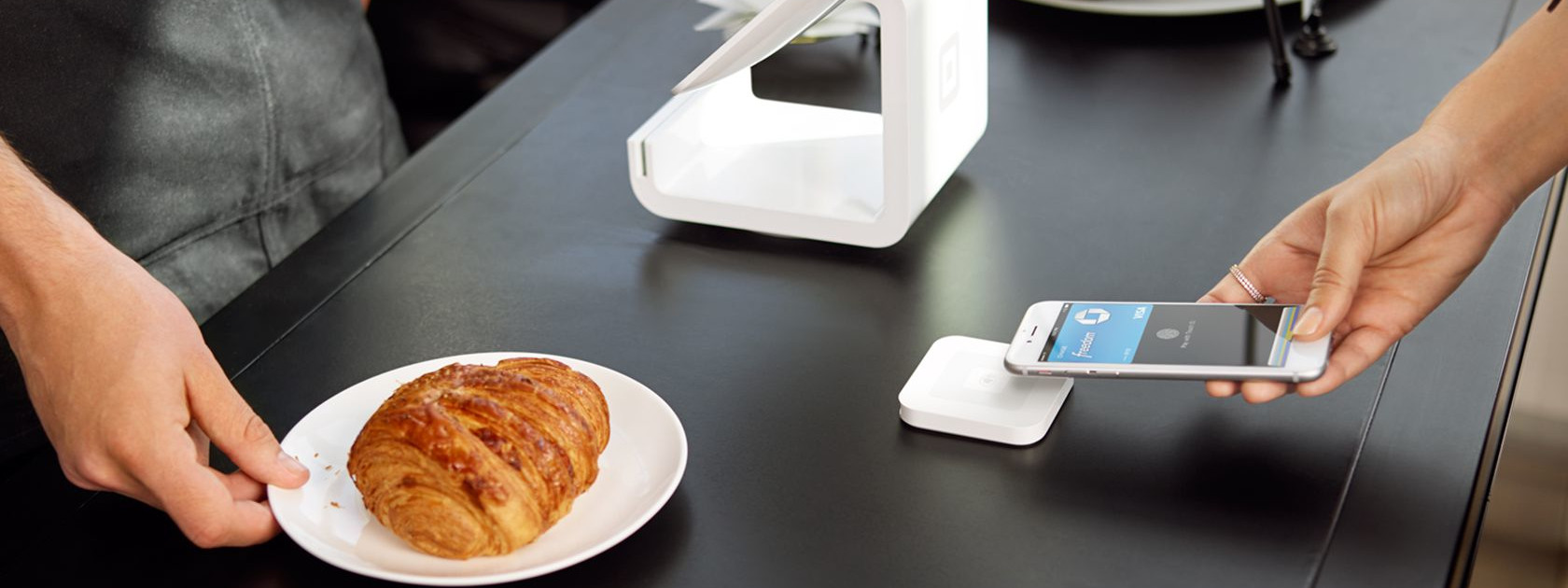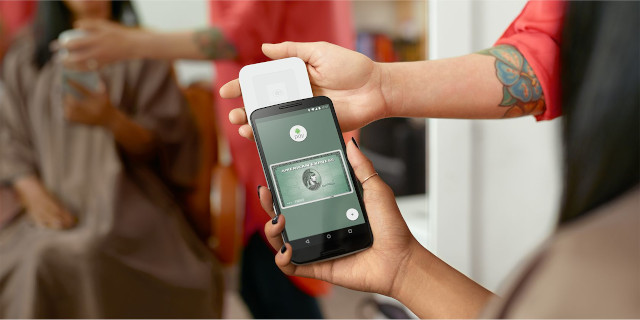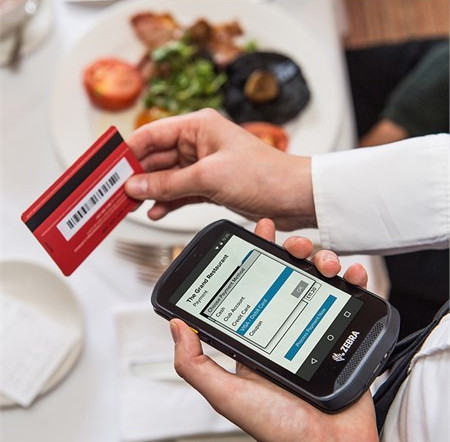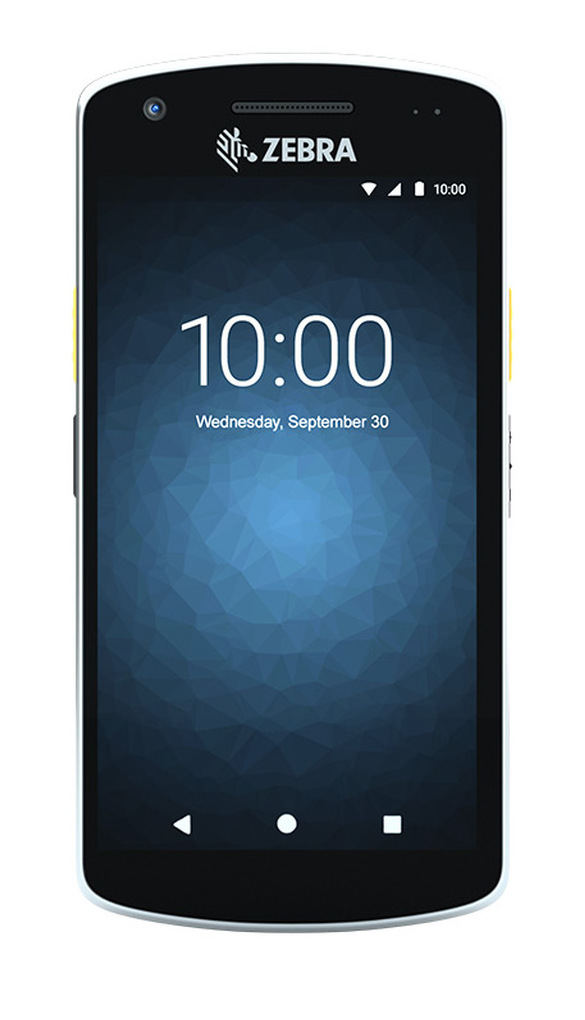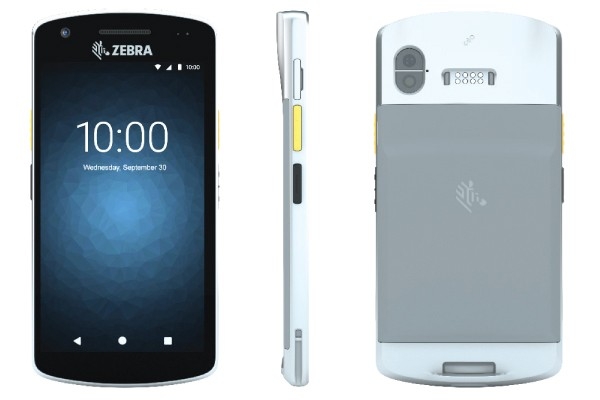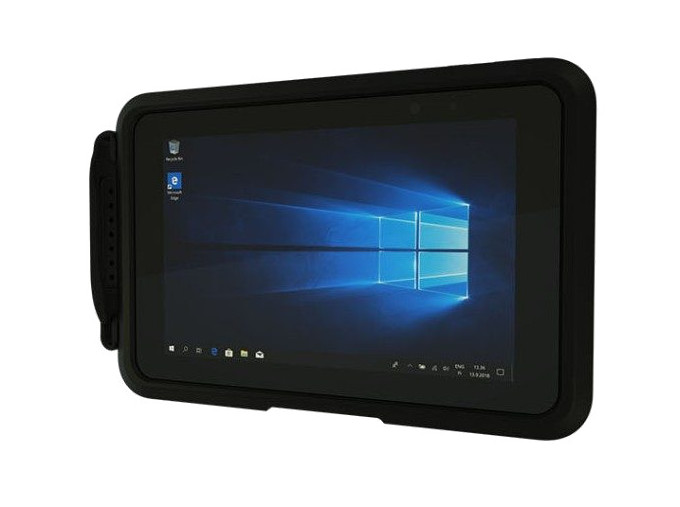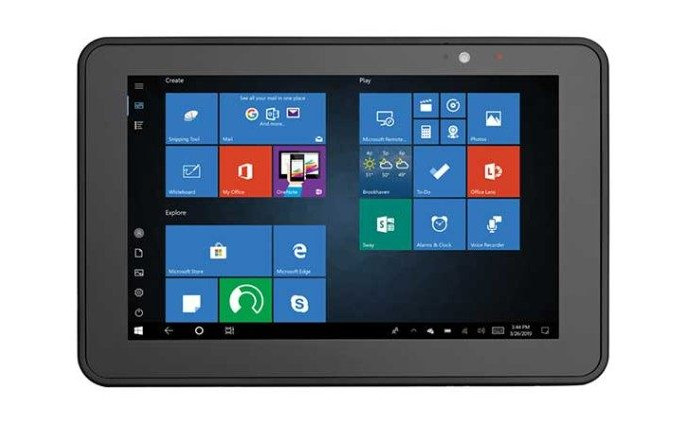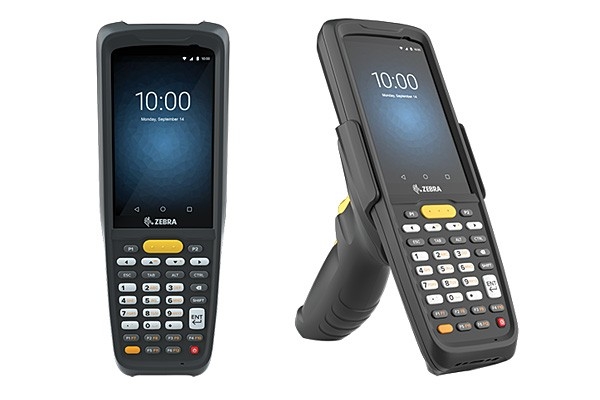What are mobile payments?
Mobile payments (which encompass mobile wallets and mobile money transfers) are regulated transactions that take place through your mobile device. That is, instead of paying for stuff with cash, cheques, or physical credit cards, mobile payment technology allows you to do so digitally. Mobile payments can be used in a “peer to peer” context or for paying at a brick-and-mortar business. In a peer-to-peer mobile payment, you could be making an e-transfer via your bank to, say, pay a friend back for dinner or someone on Craigslist for a piece of furniture. In a mobile payment at a brick-and-mortar business, you’re using an app on your mobile device-instead of cash or a card-to pay for specific goods or services at the checkout counter. In this instance, the business would need a specific type of point-of-sale device (which we get into below) to process the transaction.
